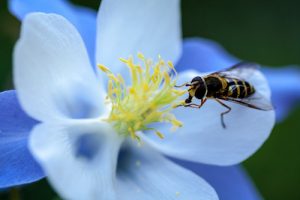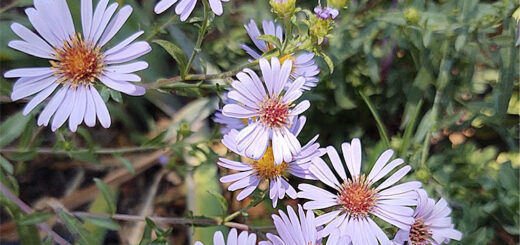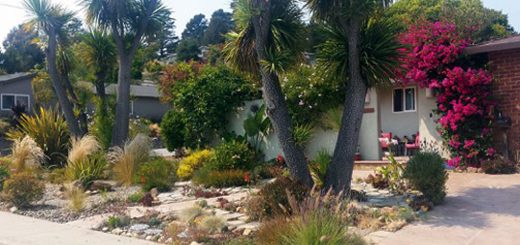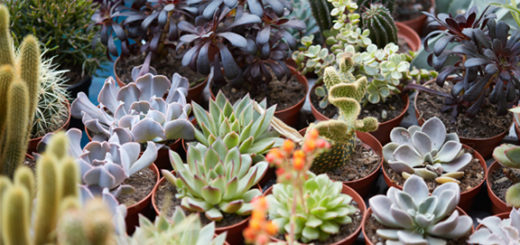Plant for Pollinators
Bumble bees are among the most important of native pollinators, both for wildflowers and agriculture, yet they are not well known by non-scientists. Birds, bats, bees, butterflies, beetles, and other small mammals that
pollinate plants are responsible for bringing us one out of every three bites of food. They also sustain our ecosystems and produce our natural resources by helping plants reproduce. Without the actions of pollinators agricultural economies, our food supply, and surrounding landscapes would collapse.
Habitat opportunities abound on every landscape – from window boxes to acres of farms to corporate campuses to utility and roadside corridors – every site can be habitat. Its also very important to know your soil type and select appropriate plant material. Planting in clusters to create a “target’ for pollinators to find and planting for continuous bloom throughout the growing season from spring to fall. Select a site that is removed from wind, has at least partial sun, and can provide water. Allowing material from dead branches and logs remain as nesting sites; reduce mulch to allow patches of bare ground for ground-nesting bees to utilize; consider installing wood nesting blocks for wood-nesting natives.
If you’d like your garden to hum with colorful, dancing pollinators, it’s important to grow the nectar and pollen-producing plants that the bees and butterflies in our area are most drawn to. You can find pollinator wildflower mixes with pollinator-attracting varieties like Aster, Asclepias and Coreopsis. The result, easy to grow wildflowers that bring color in their very first season, and last for years to come. Perfect for the expert or novice gardener alike, colorful mixtures can include favorites such as Cosmos, California Poppy and Red Poppy. Here are eight other wildflowers, Colorado Columbine, Showy Goldeneye, Smooth Aster, Prairie Aster, Globe Gilia, Purple Prairie Clover, Bee Plant and there are many more, that are native to our area and create a breathtaking view. These low-maintenance mixtures requires little water, add color in the first season and for years to come.
While enjoying the beauty of your wildflowers you can also feel good about helping our food supply and the environment.








